The World Chess Championship in Dubai is not just about the two players on the big stage. In the background, two teams of trainers are also competing against each other and tinkering with new sequences day and night.

Research before the storm: At the chess world championship, the seconds play a vital role.
Rustam Kasimdzhanov is familiar with the mood at the start of a World Chess Championship: "The players need to be calm, but for their support teams, it's nerve-wracking."
Kasimdzhanov has been nervous before. Several times he has supported former world champion Viswanathan Anand of India. Three years ago, he was the head coach of challenger Fabiano Caruana of the United States.
The Uzbek grandmaster, once a top professional himself, is considered one of the world's best chess scholars. The 41-year-old describes his task as "always analyzing as much as possible with the help of computers, and finding new possibilities."
Rossolimo, Sveshnikov or Caro-Kann?
One thing is certain: You don't become world chess champion as a lone warrior. Instead, it’s two top teams competing against each other at a World Chess Championship. Chess professionals, equipped with the latest computer technology, prepare the two finalists and try to give them decisive tips during the final match.
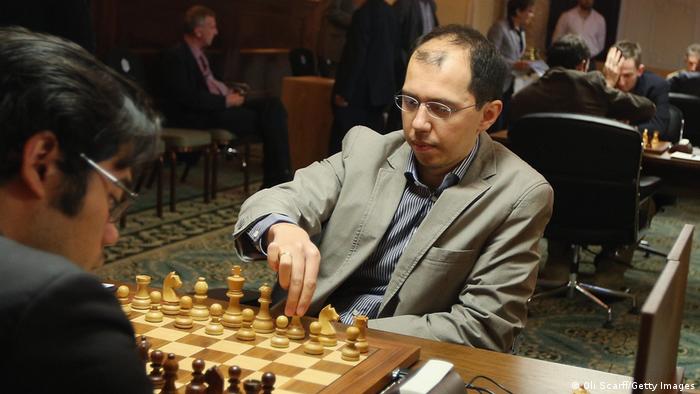
Rustam Kasimdzhanov (r.): The top coach comes up with good moves not only for himself
The preparation starts months before the world championship encounter, Kasimdzhanov explains. "At the beginning, a group of grandmasters always meet somewhere in a hotel room. We ask ourselves the question, what can we do differently?"
In top chess, but especially in World Championship duels, the opening moves are of great importance. How the game develops depends on the first moves. Will White manage to come out of the opening phase with a space advantage? Can Black equalize quickly and head for a safe draw? Rossolimo, Sveshnikov or Caro-Kann?
There are many ways to start a game of chess - and top players like Magnus Carlsen or Ian Nepomniatchthi know all about the systems that often carry curious names. But in a World Championship final it's all about subtleties after 15 or 20 moves. Kasimdzhanov: "Our dream is to find a position that we know, but our opponent doesn't."
Nightly search for the decisive gap
Yet the work of the seconds doesn’t start and end when the championship match begins. On the contrary, Carlsen's long-time head coach Peter Heine Nielsen and his Russian opponent Vladimir Potkin have their work cut out for them day and night during the fourteen rounds of this World Championship.
That’s because with each game, the players reveal parts of their preparation. This offers the secondary teams in the hotel rooms the chance to find a gap in the opponent's portfolio of variants. The fact that this rarely happens at a World Championships is one of the reasons why most matches end in a draw.

2018 World Championships: Magnus Carlsen and Fabiano Caruana faced off in an epic tiebreak
That's what happened at the last World Chess Championship in London in 2018: Rustam Kasimdzhanov had prepared his protege Caruana very well for Carlsen's attack attempts. Conversely, the world champion surprised with his strong Black repertoire.
Ultimately, neither team reached a decisive breakthrough during the World Championship. The match ended in a tie after twelve drawn games. Magnus Carlsen only managed to defend his title in the rapid chess playoff.
'The pressure is too great'
At this World Championship, Kasimdzhanov, who lives with his wife and two children in Germany, near Bonn, is neither on the sidelines, nor is he just a spectator. Instead, he will narrate every move live for an online chess platform.
Kasimdzhanov, who won the German Chess League with OSG Baden-Baden in October 2021, was even briefly the official world champion himself in 2004. However, his dream match against superstar Garri Kasparov, who was at odds with the World Chess Federation at the time, never came to fruition. A disappointment for Kasimdzhanov.
In the meantime, he is still one of the 100 best players in the world, but not seen at the board as often anymore.
"I don't enjoy classical chess anymore — it's simply too strenuous and the pressure is too great. I don't need it anymore," says the 41-year-old, citing another reason: "You can often make a better living from chess as a coach or second than as a player."
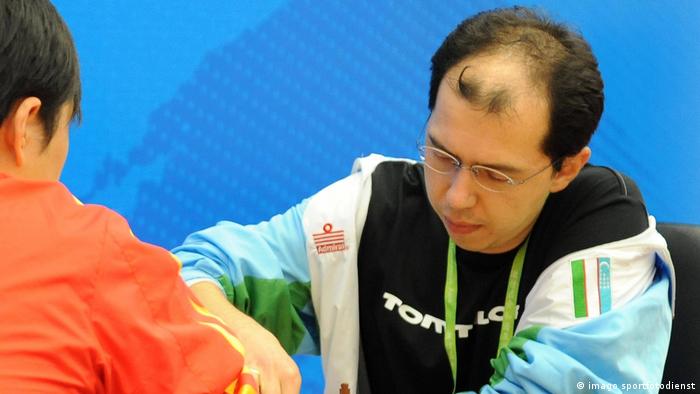
The sport of chess: Rustam Kasimdzhanov competing at the Asian Games in 2010
The Otto Rehhagel of German Chess
As a coach, his professional path regularly takes him back to his home country of Uzbekistan. His successes 15 years ago triggered a veritable chess boom there, Kasimdzhanov recounts. "The young talents there are really, really strong," says the successful coach, beaming with joy.
Of course, he is also keeping an eye onchess in Germany. The country’s high hopes currently rest on 17-year-old Vincent Keymer, who now tops the German chess rankings.
"There are a lot of strong players internationally in this age group," the elite coach says cautiously. "It's not clear yet who will make it into the top 10."
When it comes to promoting top chess players at the junior level, his adopted country of Germany still has room for improvement, Kasimdzhanov finds. He says that finding younger talent seems like a "sporadic" endeavor in Germany still.
The coach has already worked for the German Chess Federation, and with distinction. In 2011, the German men's national chess team pulled off an almighty upset by winning the European Championship. Kasimdzhanov was responsible for the opening preparation of the German players. He did such a good job that Germany ended up ahead of leading chess nations like Russia, Armenia and Azerbaijan in the final standings.
"That's still one of my favorite stories," the coach recalls. He compares it to a football upset from 2004. "It was something special — kind of like Otto Rehhagel winning the European Championship with the Greek national football team."
This article was translated from German
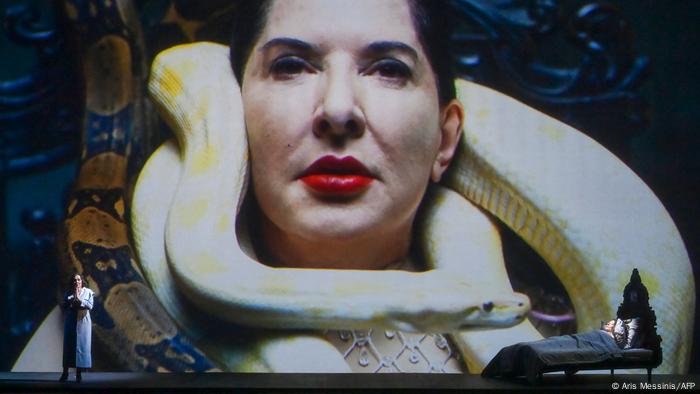
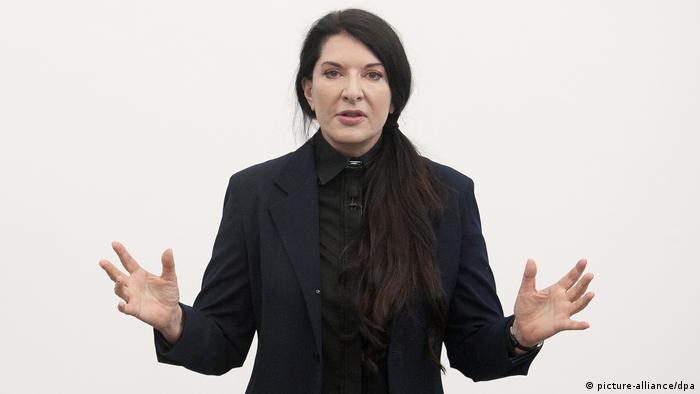
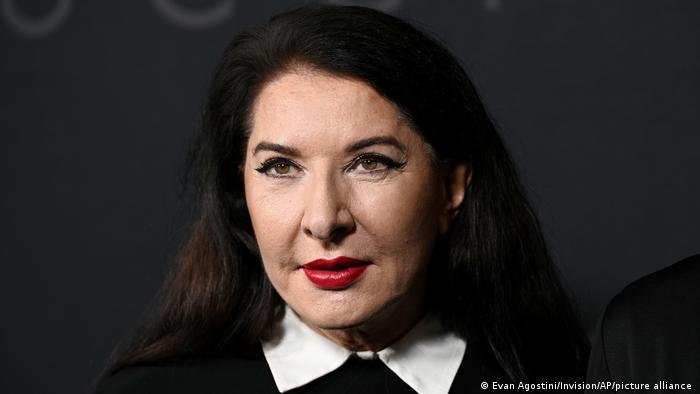


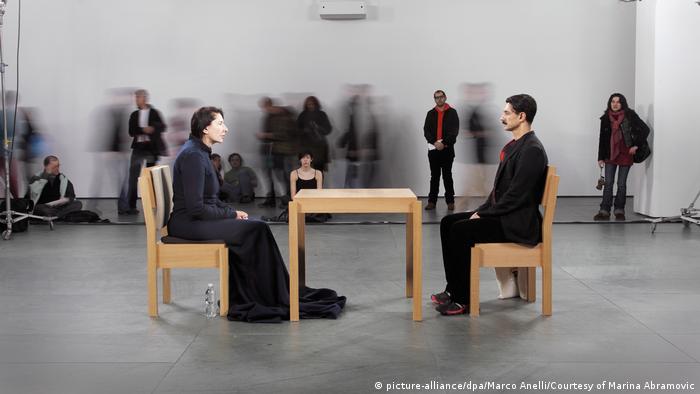






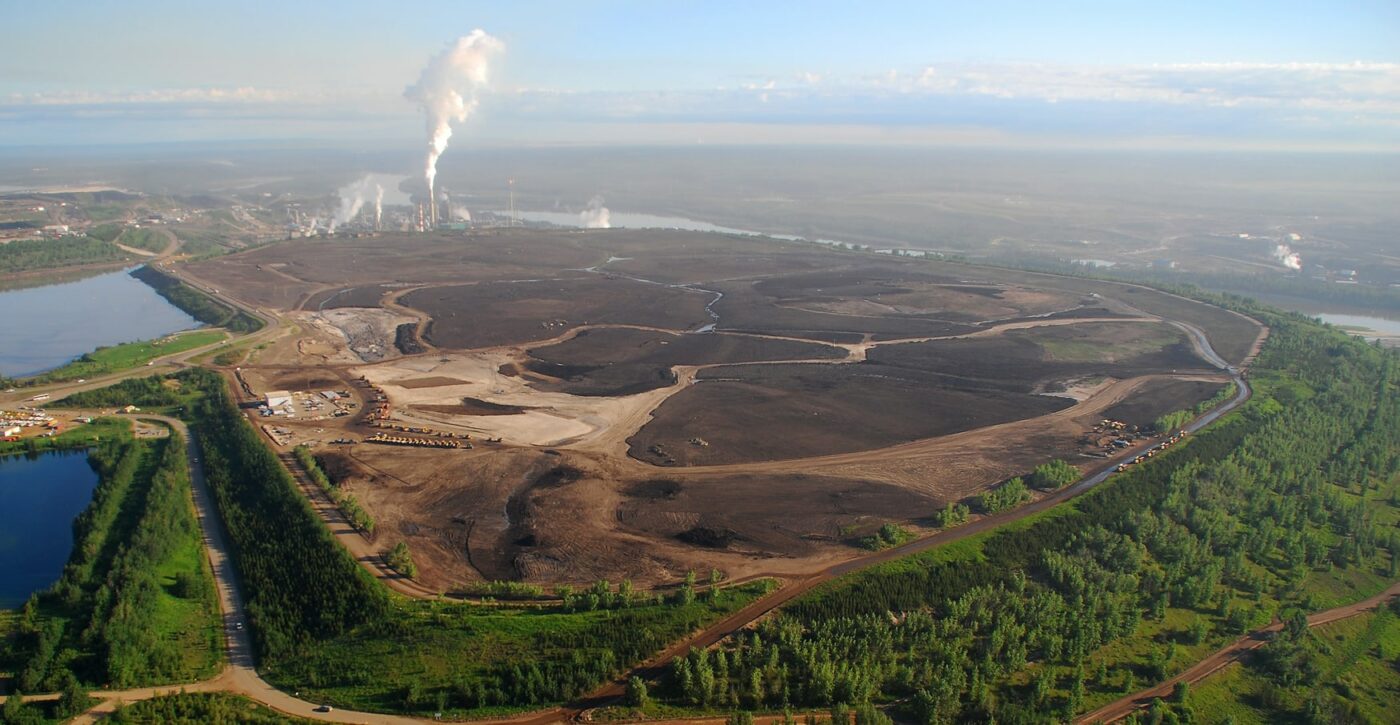


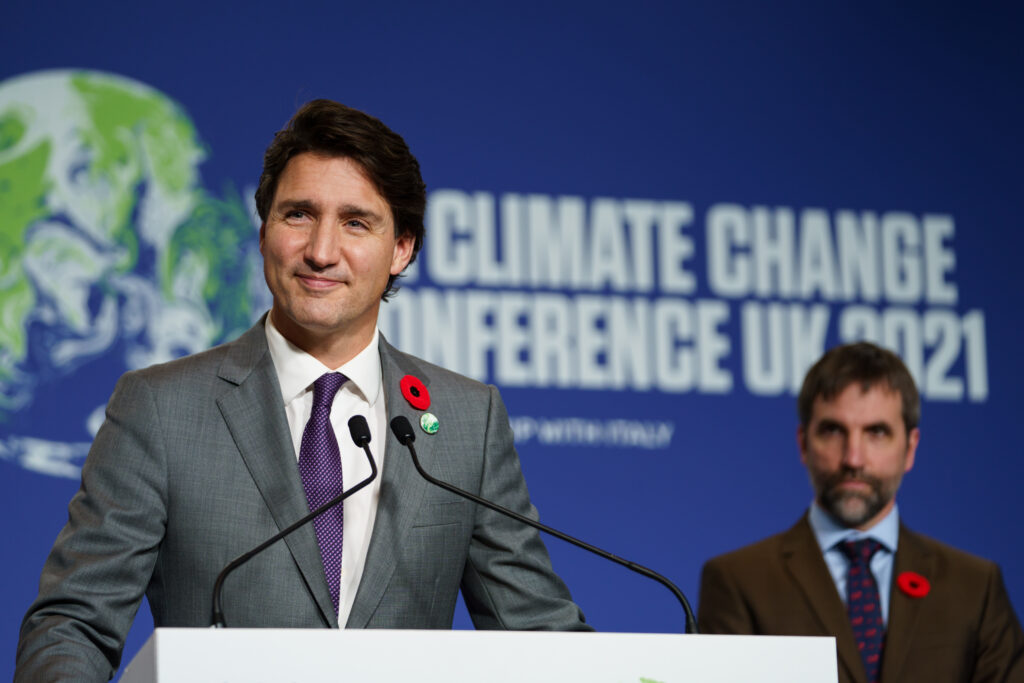 Justin Trudeau’s Liberals pledged during the election campaign to cap emissions from oil and gas and reiterated that commitment at the recent COP26 meeting. Photo: Justin Trudeau /
Justin Trudeau’s Liberals pledged during the election campaign to cap emissions from oil and gas and reiterated that commitment at the recent COP26 meeting. Photo: Justin Trudeau / 
